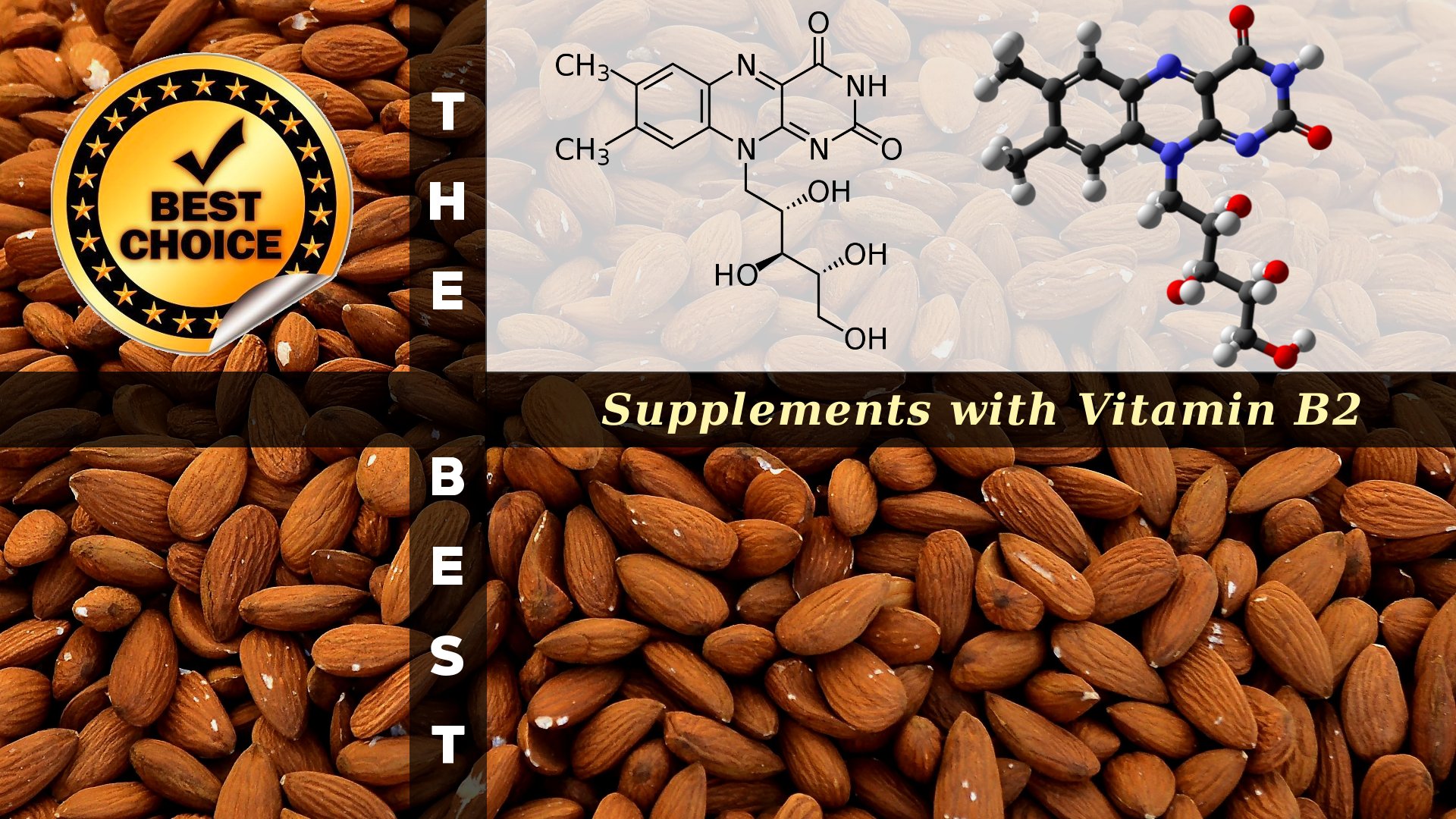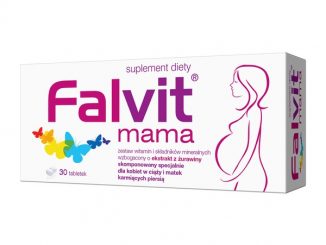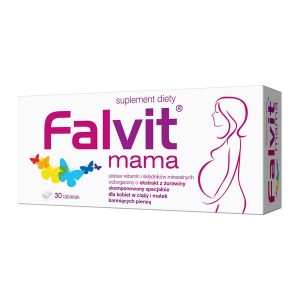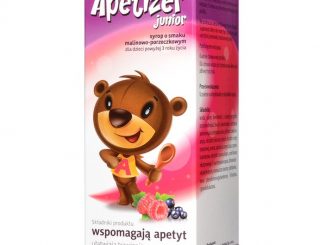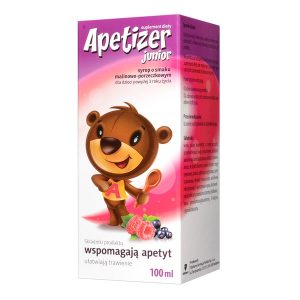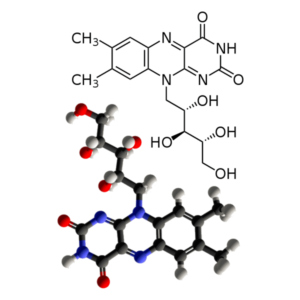The properties of Vitamin B2
Riboflavin, also known as vitamin B2, is a vitamin found in food and used as a dietary supplement. As a supplement it is used to prevent and treat riboflavin deficiency and prevent migraines. It may be given by mouth or injection. It is required by the body for cellular respiration. Normal doses are safe during pregnancy.
Recommended Daily Allowance
Vitamin B2 – Recommended Daily Allowance: 1.3/1.1 mg.
Symptoms of Deficiency
Weakness, oral pain/tenderness, burning/itching of the eyes, dermatitis, anaemia.
Specific Risk Factors for Deficiency
Inherited riboflavin malabsorption/utilisation (10%–15% prevalence).
Dietary Sources
Good Dietary Sources of Vitamin B2:
- dairy products,
- leafy vegetables,
- legumes,
- liver,
- kidneys,
- yeast,
- mushrooms.
Vitamin B2 & Hair Loss
Vitamin B2 (riboflavin) is a component of two important coenzymes: flavin mononucleotide (FMN) and flavin adenine dinucleotide (FAD). FMN and FAD represent 90% of dietary riboflavin, and both play roles in cellular development and function, metabolism of fats, and energy production. The body stores only small amounts of riboflavin, in the liver, heart, and kidneys. Riboflavin deficiency—while extremely rare in the USA—can cause hair loss(1173).
Vitamin B2 and the Brain
The two flavoprotein coenzymes derived from riboflavin, FMN and FAD are crucial rate limiting factors in most cellular enzymatic processes. As an example, they are crucial for the synthesis, conversion and recycling of niacin, folate and vitamin B6, and for the synthesis of all heme proteins, including hemeglobin, nitric oxide synthases, P450 enzymes, and proteins involved in electron transfer and oxygen transport and storage. The flavoproteins are also co-factors in the metabolism of essential fatty acids in brain lipids, the absorption and utilisation of iron, and the regulation of thyroid hormones. Dysregulation of any of these processes by riboflavin deficiency would be associated with its own broad negative consequences for brain function. Riboflavin derivatives also have direct antioxidant properties and increase endogenous antioxidant status as essential cofactors in the glutathione redox cycle(1262).
Brain Specific Symptoms of Deficiency
Fatigue, personality change, brain dysfunction.


























































